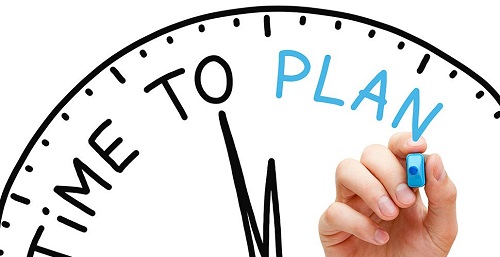
What best fuels an organization? The employees, no matter what level, that’s who. How do you nurture employees and foster collaboration? Through intentionally planned team building.
Before scheduling the same old “team building” activity that was done last year and the year before that, take time to gauge the health and unique situation of the present-day team. When corporate team building is properly planned by assessing the present day group dynamic and individual staff members, meaningful activities can be selected and scheduled. Don’t forget that the power of team building in corporate America is the ability to enable organic team bonding. Anything forced or rote will be deemed a waste of time and could actually hurt the team after the fact.
Gauge the Climate of the Team
Some organizations are happy with team bonding games that bring people together through play. However, is this powerful enough to really make a difference once the outing is finished? In a previous blog I stressed not to mistake team camaraderie as team building. Do not confuse fun activities where employees compete against one another only as meaningful team building exercises. Take time to isolate areas that need work.
In most cases team building activities fail because executives planning the team building do not understand the team climate. Don’t just look to the same team building day year after year, take time to reflect on how the team is today, what areas need work. Start by asking the following questions:
- Does the team get along?
- Do the members of the team know each other very well?
- Are the members aware of their individual strengths and weaknesses?
- Does the team leverage one another’s abilities to solve a difficult problem?
- Do the individuals inspire one another for creative problem solving?
- What is the overall goal for the team building
Once these questions are truthfully answered to gauge the current work state of the team, isolate current issues and make sure the activities will work on specific areas such as:
- Trust
- Communication
- Camaraderie
- Problem solving
- Discovery – strengths/weaknesses
This will ensure that you provide insight to the team building facilitator who can then make sure the activities are translatable, relating back to the workplace.
Reflection is Key
In reality, it’s not the activity itself, but the facilitated reflection after the activity that makes or breaks the team building activity. Make sure your success coach notes:
- Situations where team members were successful working together
- When team members learned something about themselves (i.g. strengths, weakness, how others perceive them)
- How the activity can be applied to a real situation at work
By gaining these awareness’s, team building exercises will enable the team to become a cohesive unit going forward. So, before you schedule your next team building activity or corporate team building day, make sure to note the current team’s challenges and make sure there will be time dedicated to reflect upon what was learned.
Intentionally Plan Team Building with Larry Lipman
Larry is a Team Building Specialist who success coaches participants into powerful, cohesive TEAMS. He can help engage your team to reach real results and achieve participant buy-in for new ideas and solutions. Call Larry today at 770-333-3303 and find out for yourself how powerful team building can be for your organization!






